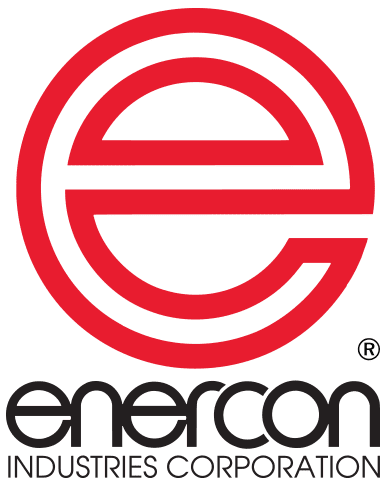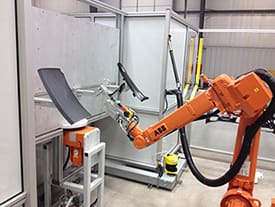Atmospheric Plasma and Flame Surface Treatment for Medical Applications
Get insight on how medical device manufacturers are using atmospheric plasma to eliminate adhesion challenges. What’s in the eBook? Learn how atmospheric plasma is helping users improve product quality, and increase production speeds. See what Enercon customers are saying “For medical printing applications, it’s imperative to follow the defined protocols. Enercon’s experience with medical device…
Read MoreAn Overview of Surface Treatment for Three-Dimensional Objects
If you’ve attempted to print, label, or otherwise decorate a three-dimensional (3-D) product, you’ve probably been frustrated by an ink or adhesive that refused to adhere to the part’s surface. You may have tried different types of ink or adhesive formulations to get the job done, perhaps even used chemical primers or batch-treating processes. Still,…
Read MoreWhat Plasma Actually Does to a Surface to Improve Adhesion
Air plasma surface treating is an emerging green technology for leading manufacturers tasked with assembling and decorating plastics, composites, glass and metals. It is a powerful, yet relatively inexpensive technology that is used by both Fortune 100 companies and small operations to improve bond strength, product quality and throughput. You can see the effects of…
Read MoreTop 3 Strategies to Improve Your Adhesive Bonding Operations
Production & design engineers are challenged with developing manufacturing processes that yield optimal results for quality and throughput. Since many do not fully understand the chemistry aspects of interfacial surface adhesion, they rely on conventional production methodologies, which ultimately undermines the repeatability of their success. In this new webinar, industry experts Wilson Lee (Enercon Industries)…
Read MoreImprove Adhesion in Window & Door Manufacturing Processes
Learn how plasma & flame surface treatment are used to efficiently create strong bonds for the assembly, painting and decorating of windows and doors. Discover how these technologies work, see examples of specific industry applications, and get insights from the application experts at Enercon. Plus, gain access to info on our new plasma treating nozzles which are…
Read MoreIs Plasma Treating the Missing Link in Your Adhesive Bonding Operations?
To enable adhesive bonding, manufacturers rely on primers, cleaners, chemical etching & mechanical roughening. However, these traditional surface preparation methods are notorious for limiting productivity & product quality for the following reasons: Use of in-line plasma & flame surface treating is on the rise because it solves these challenges by cleaning, etching & functionalizing surfaces…
Read MoreHow Automotive Manufacturers use Plasma & Flame to Improve Quality & Efficiency
Plasma & Flame surface treating technologies are helping suppliers in the automotive industry reduce cost, improve quality, and maximize production efficiencies. Projects for vehicle lightweighting, decorating, gasket sealing adhesion, and electrical potting are fueling the need for incorporating plasma and flame surface treaters. This 45-minute webinar provides insights on how treatment improves adhesion for assembling,…
Read MoreSee How Plasma & Flame Treatment Prepare Surfaces for Adhesion
LIVE DEMO REPLAYSee Enercon’s Wilson Lee conduct live demonstrations to display how atmospheric plasma and flame surface treating technologies improve surface energy for improved adhesion of inks, adhesives, & coatings. Topics include: Whether you’re new to surface treating or an industry veteran this presentation has something for everyone. Access to the webinar includes both the…
Read MoreTroubleshooting Adhesive Bonding Failures
When it comes to your health, where you go for help can determine the remedy. A surgeon might lean toward surgery, a pharmacist might suggest a new prescription, and a life coach might recommend lifestyle changes. Likewise, when you have an adhesive bonding failure getting insights from an adhesive supplier, a surface characterization solutions provider and…
Read MoreIntegrator’s Guide to Implementing Plasma & Flame Treating
Be your customer’s hero. Learn how to keep their costs down & your profits up with smart integration-ready systems from Enercon. We eliminate pain points for integrators by offering streamlined implementation & simplified operation for you and your customer. This presentation provides insights on these technologies and how collaboration between Enercon and integrators create productive…
Read More










